15 December 2018
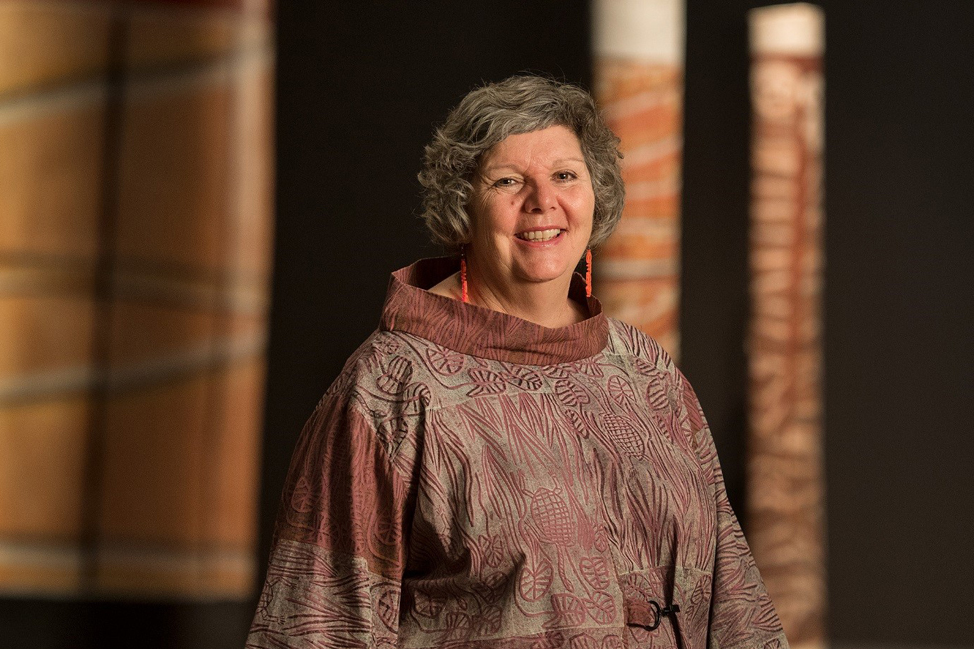
Nici Cumpston
Artistic Director, TARNANTHI: Contemporary Aboriginal and Torres Strait Islander Art
Curator, Aboriginal and Torres Strait Islander Art, Art Gallery of South Australia
Bachelor of Visual Arts (Photography), First Class Honours
Artist Nici Cumpston has enjoyed an eclectic career. From nursing to processing photographic evidence for the SA Police, teaching, writing, and most notably her work as a curator and photographer. She is now lead Curator of the Aboriginal and Torres Strait Islander collection for the Art Gallery of South Australia (AGSA) and Artistic Director of TARNANTHI, Contemporary Aboriginal and Torres Strait Islander Art.
Nici’s interest in art though was first inspired through her father’s work as a radiographer.
“I have been drawn to photography since I was a young girl,” she says. “My father taught me how to use a film camera and together we developed black and white film and prints in makeshift darkrooms at home.”
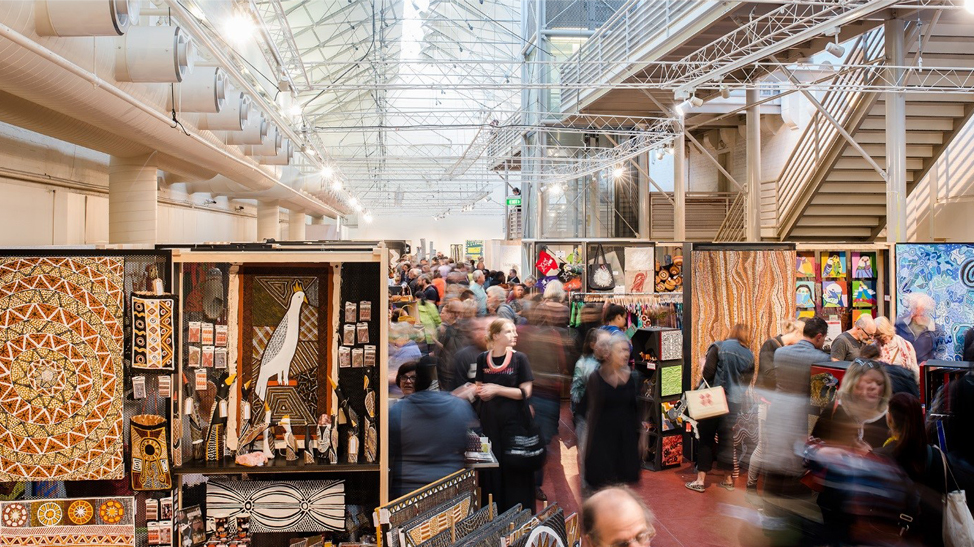
Chasing her passion, Nici enrolled in the North Adelaide School of Art to study photography in her early 20s while working as a nurse. It was here she became fascinated with how art tells a history of the world. This experience inspired her to deepen her education at university and began a Bachelor of Visual Arts at the University of South Australia.
“At UniSA I had the opportunity to engage one on one with artists who were my lecturers; we had such interesting, insightful conversations. They were informative and patient people and through their wisdom I was able to see where I needed to go to continue my lifelong learning,” she says.
Nici’s family are Barkindji people from the Darling River in New South Wales, and she also has Afghan and English heritage. She is culturally affiliated with the River Murray people and the surrounding lands, imbuing her art with her profound relationship with this history.
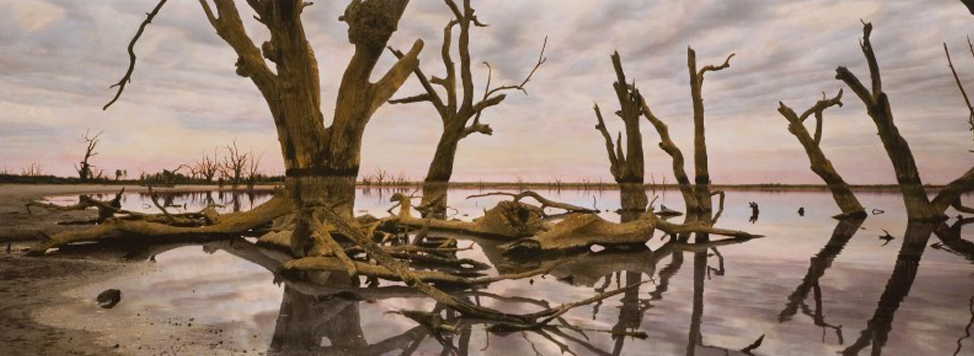
“Through my photographs I am interested in sharing the deep connection that Aboriginal people have with their country and portraying signs in the landscape that show evidence of Aboriginal occupation that goes back thousands of years,” she says.
In her artistic process, Nici photographs and then meticulously hand paints the depth and feeling of the environment back into the black and white stills. Her technique involves a forensic approach that lays bare the effects of colonisation on the land and inhabitants.
A particular focus of her works has been the Murray-Darling River where her photographs reveal how the work to control the river system has led to a devastated ecosystem. The artworks also showcase a rich history of culturally significant sites such as the scar trees and ring trees found in the landscape, and act as a reminder that many important cultural sites have been lost.
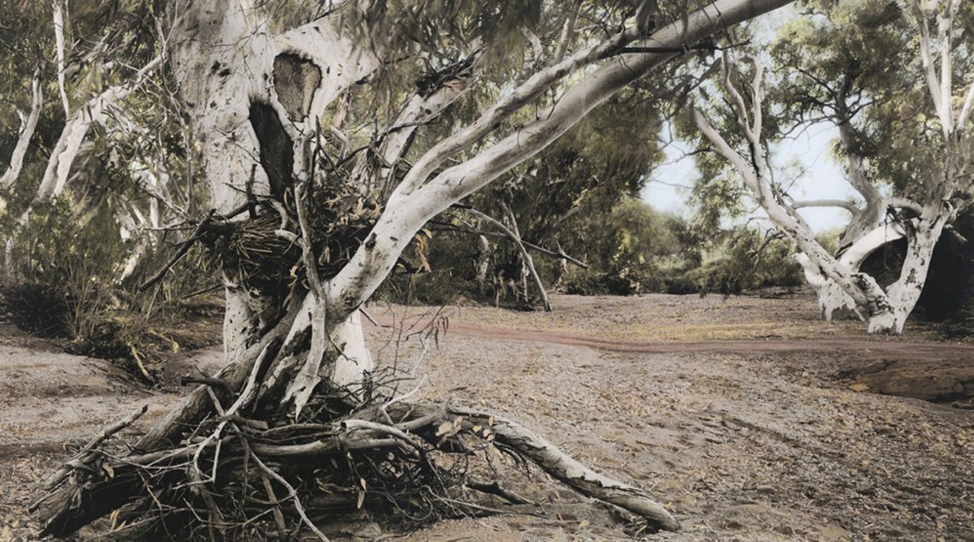
Nici’s work is widely recognised and exhibited throughout Australia, the USA and Europe, including the National Gallery of Australia, National Gallery of Victoria, Parliament House Collection, Adelaide Festival Centre Foundation, Kluge-Ruhe Aboriginal Art Collection at the University of Virginia and toured through Europe.
When asked why art plays such an important role in her life, Nici says, “Through art we learn a universal language. Wherever I travel I have a way to feel at ease and part of a broader society through visiting art galleries and museums.”
This is evident in the 10 plus years she has spent tirelessly creating opportunities for Aboriginal and Torres Strait Islander artists to showcase their contemporary work.
“Through art-making there is an opportunity to connect to culture in a meaningful way and to also enable the wider population to gain an understanding of aspects of Aboriginal culture that they may otherwise never know about,” she says.
“It is important for all people to have access to basic human rights and unfortunately in this country this is not the case for many Aboriginal and Torres Strait Islander people. I have travelled extensively to Aboriginal communities and to exhibitions around the country and can personally see the difference creative expression can make to people’s lives.
“Art enables people to share their inner most feelings and emotions. It enables us to be empathetic and to learn and experience other people’s perspective of the world around us.”
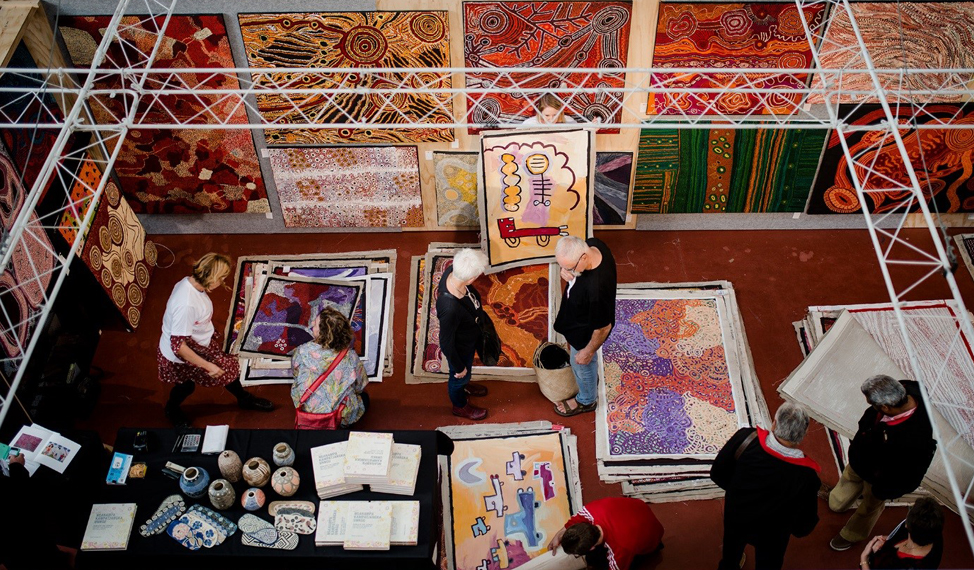
Nici is also the driving force behind TARNANTHI (pronounced tarn·nan·di) festival in Adelaide.
“I have been Artistic Director of TARNANTHI Contemporary Aboriginal and Torres Strait Islander Art for the past four years, which has given me great joy,” she says.
“Through TARNANTHI we have been able to provide a platform for artists from across Australia to exhibit and showcase new, exciting and ambitious works of art. It is an incredibly important opportunity to support and showcase new work, work that enables artists to experiment and be ambitious.”
This year the event featured the forty-year career of one of Australia’s leading contemporary artists, master bark painter, John Mawurndjul. The exhibition, John Mawurndjul: I am the old and the new will be at the Art Gallery of South Australia until the end of January 2019 before touring Australia for two years. It also features a microsite johnmawurndjul.com where visitors can learn to speak and pronounce Kuninjku language with the artist and his family.
“This exhibition has been three years in the making. It is a collaborative project between the Art Gallery of South Australia, the Museum of Contemporary Art, and Maningrida Arts and Culture in central Arnhem Land, the artist’s home Country,” says Nici.
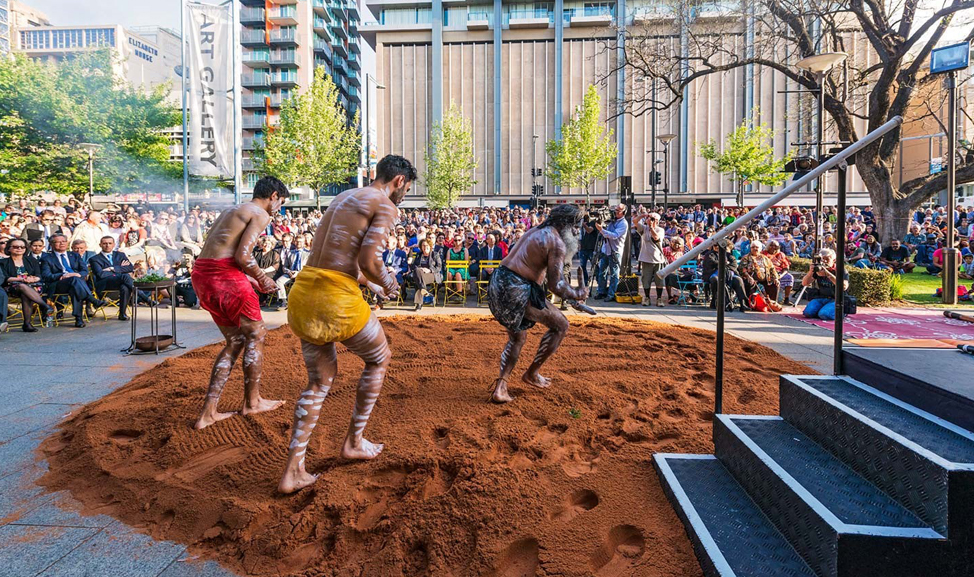
“Each year we also feature the TARNANTHI Art Fair which has been held at Tandanya National Aboriginal Cultural Institute. This year 43 art centres from across Australia travelled to Adelaide to sell their original works of art directly to the public.”
The event broke all previous year records, attracting over 5,600 visitors and generating more than $900,000 in art sales – a key income source for many Aboriginal and Torres Strait Islander communities – and a massive success for the South Australian art and culture scene.
Next year the city-wide TARNANTHI Festival will return and the TARNANTHI Art Fair will be held on the 18-20 October 2019. More information on the exciting event can be found at the Tarnanthi website.
For more information about Nici’s artworks please visit www.nicicumpston.com.




